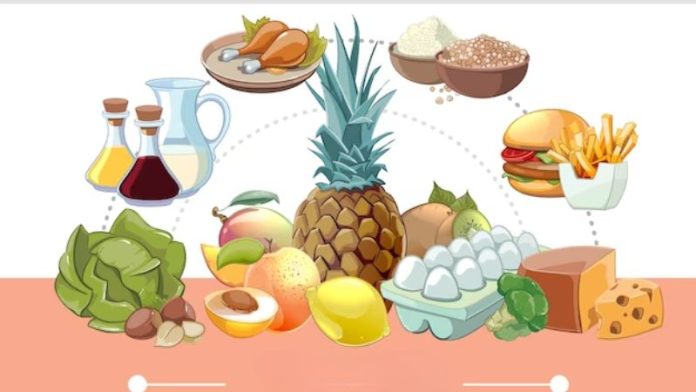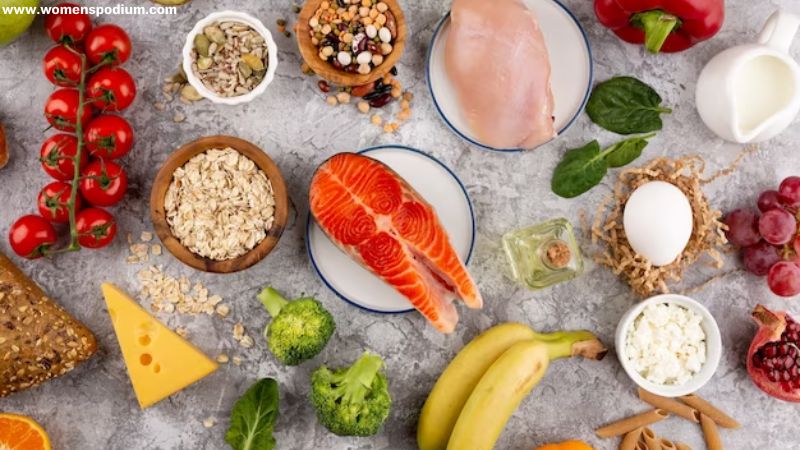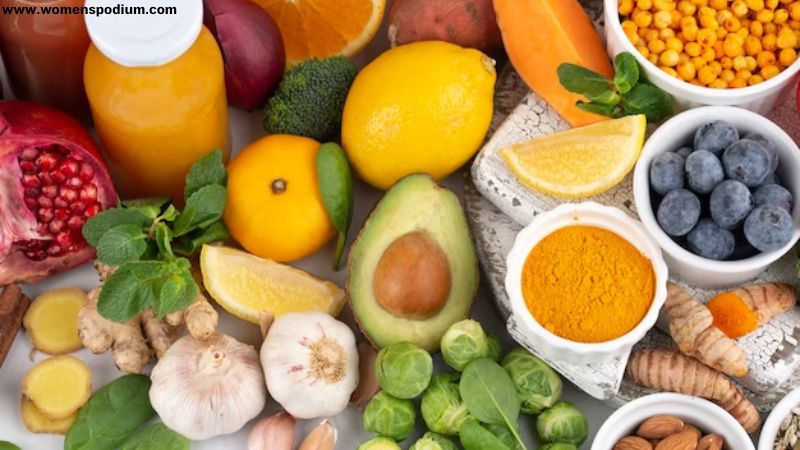
Uric acid, a byproduct of cell and food breakdown, is typically filtered by the kidneys and expelled through urine, with a small portion exiting through stool. Excessive production or impaired kidney function can elevate blood uric acid, leading to gout disease with solid crystals forming in joints. Untreated gout can result in painful deposits called tophi. Elevated uric acid also poses risks for kidney stones or failure.
To mitigate levels, reducing alcohol consumption and moderating specific foods and drinks is recommended.
What Factors Contribute to High Uric Acid?

The main factors behind heightened uric acid levels in the bloodstream include:
- Excessive alcohol consumption
- Hypothyroidism
- Genetic predisposition
- Psoriasis
- Immunosuppressive drugs
- Obesity
- High-purine diet featuring liver, meat, sardines, peas, mushrooms, and dried beans
- Diuretic medications
- Tumor lysis syndrome, accelerating cell release into the blood, is often seen in cancer or chemotherapy
How to Identify a Gout?

Identifying gout involves assessing uric acid levels through a blood examination. Gout tends to be more prevalent in males than in females. The probability of gout occurrence in women rises post-menopause, where the cessation of estrogen production removes a protective barrier against gout. Prolonged fasting, excessive red meat consumption, and alcohol overconsumption can contribute to elevated uric acid levels.
Can Uric Acid Diet Chart Assist in Gout?
Individuals with persistent gout often receive prescriptions, occasionally for an extended duration, to manage their condition effectively. Yet, opting for a low-fat diet might offer a simpler and potentially more beneficial approach to addressing gout symptoms, promoting relief, and minimizing severity. The following segments detail the appropriate dietary regimen for those with elevated uric acid levels.
Foods High in Uric Acid Chart

Taking charge of and preventing elevated uric acid levels or gout involves steering clear of excessive intake of specific food items known to heighten uric acid in the bloodstream. Here, we highlight some common dietary items advisable to avoid in the context of uric acid management:
- Certain fish types like mackerel, sardine, and roe
- Specific fruits and vegetables, including chikoo, custard apples, green peas, cauliflower, eggplants, spinach, French beans, and mushrooms
- Red meat, minced meat, organ meat, shellfish, and meat extracts
- Whole pulses like rajma, chole, chana, and Masur dal
Foods Required in Uric Acid Diet Chart

We previously explored the reasons behind advising individuals with elevated levels of uric acid to regulate their dietary choices, especially steering clear of certain consumables with potential adverse effects. Now, let’s delve into recommended food options that can assist in managing and mitigating uric acid symptoms:
- Fruits and vegetables abundant in Vitamin A and Vitamin C, like citrus fruits, red cabbage, potatoes, and red bell peppers
- Pineapple containing significant bromelain
- Fiber-rich foods like Bananas, pears
- Low-fat dairy products like curd, yogurt, and skimmed milk
- Celery, parsley, and cabbage
- Foods rich in complex carbohydrates, including whole wheat-based cereals and bread
- Cherries, red berries, blueberries, and strawberries
Sample Diet Chart for A Uric Acid Patient

Here’s an example meal plan suitable for individuals managing uric acid levels. Feel free to adjust based on your preferences or with guidance from a healthcare professional. This dietary guide is provided for informational purposes only.
Morning Meal: Take a healthy breakfast for weight loss. Opt for Rice idli or rice dosa served with sambhar, bajra roti or corn flakes with toned/skimmed milk, vegetable upma or parantha with green chutney, or Uttapam with sambhar, or whole wheat bread sandwich.
Midday Snack: Opt for any fruit you enjoy – pear, orange, muskmelon, guava, banana, or pineapple.
Lunch: Brown rice paired with rasam, or jowar roti alongside a vegetable of your liking such as radish, onion for gout, bottle gourd, ivy gourd, potato and brinjal curry, or capsicum.
Afternoon Snack: Enjoy green tea accompanied by a biscuit.
Dinner: Choose between jowar and bajra roti served with ladyfinger or cauliflower curry, ridge gourd, tinda, or raw banana curry.
Final Words
Following the identification of elevated uric acid levels within the system, the initial measure to enhance the situation and positively impact your lifestyle is to adopt a mindful shift in your dietary preferences. The intake of nourishment plays a crucial role in the amelioration and sustenance of uric acid levels in the body. Nevertheless, if a notable alteration in the levels is not observed despite the regulation of your nutritional intake, it is prudent to consult a healthcare professional and seek guidance on potential pharmaceutical interventions.
In instances of acute gout, an extended course of medical intervention may become necessary, entailing a considerable financial commitment. To address these financial obligations and comfortably manage the protracted medical treatment, it is recommended to acquire health coverage.
Also Read: Include some healthy foods in your diet or follow a vegetarian anti-inflammatory diet plan to start.





